A Year of War in Ukraine:
Its Effects on the Economy and a Prayer for Peace
We are closing in on one year of fighting in Ukraine following Russia’s invasion of that sovereign nation on February 24, 2022. It feels important to recognize the tremendous human loss that has occurred over that year, as well as the global impact the ongoing violence continues to create.
Some of you who are clients may remember the email I sent in early March 2022 following that shocking and terrible invasion. In that email, I made some guesses at the impact such geopolitical evil might produce on overall economic conditions. Today, I thought it would be helpful to review those quasi-predictions and see what, if any, have come to pass.
Here they are (in italics), and below them are my reviews of what has transpired thus far:
It is highly likely that, given the disruptions of oil and gas supplies as a result of the de facto embargo of Russia, prices of oil will continue to rise. As I write this, the average price across the U.S. right now is north of $4.00 per gallon. The record high for the national average was set on July 17, 2008, when it hit $4.11 per gallon. It seems all but certain we will shatter this record.
On the day Russia invaded Ukraine, the average price of gas per gallon in the U.S. was $3.53. Gas prices did indeed soar, reaching their peak in June at $4.94 per gallon, an increase of 40%. As of this writing, however, gas prices have now subsided and are back BELOW where they were on February 24, 2022, coming in at $3.45 per gallon.
Ukraine is the breadbasket of the world, so a spring attack will surely keep farmers from their fields. This will no doubt precipitate a spiral of higher and higher food costs. Much of the world imports its food from the Ukraine and Russia – so places like China and the Middle East and parts of Africa could face famine conditions. This would likely further exacerbate unstable socio-political situations in some parts of the world. The last time the price of wheat went this high it kicked off the uprisings that came to be known as the Arab Spring.
To date, this does appear to be holding true, though there has been some easing on prices in the second half of 2022. From what I’m reading, it appears as if the effects on food prices and availability are lagging, and the wave of higher prices and reduced supply will be more fully felt in 2023 and beyond. This report from the International Food Policy Research Institute gives a broader picture and suggests, to me at least, that the wave has not yet crashed, but is surely building. Bottom line though, the poorest nations, as usual, will suffer the most.
It appears we have moved into a kind of commodity “super cycle” that was already underway as a result of manufacturers seeking to shore up and make redundant their supply lines in a post-COVID-disrupted world. The price of copper today was up an astonishing 55%! Indeed, some commentators are suggesting that we are already on our way to a post-globalization world. The impact of that is not discernible at this moment, but it could be that one era is giving way to another.
The short response to this one is … it didn’t happen. This is not to say it might not YET happen, but here are the key takeaways from a January 13, 2023, article in S&P Global:
- Current commodity market conditions do not meet the requirements of a super cycle.
- Commodity market stakeholders are grappling with a series of historic economic shocks that have not yet subsided.
- An acceleration to the transition to lower- or zero-carbon energy sources will likely lead to a new commodity super cycle.
All of this would suggest higher prices (greater inflation) and would augur well for the Fed to do what it has said it will do – raise rates, and raise them a lot and fast. However, as some of you may be reading, it is seriously complicated by the fact that all of the items I’ve mentioned also lead to “demand destruction.” This would, quite likely, take the world into a global recession in the coming months. Higher interest rates are not needed if you’re in a recession, and yet can do nothing to slow down the rising price of fuel, food, and commodities. It is a lose/lose proposition.
Well, the Federal Reserve certainly has raised rates. Beginning in March 2022, the federal funds rate was .25%, and as of this writing it is now 4.5% and very likely will go up another 25 to 50 basis points over the coming months – perhaps more. How long those rates will stay high is anyone’s guess, but the Fed continues to say that it is “data dependent,” but that rates may stay “higher for longer.” Have we now entered a global recession? By all accounts the answer to that at present is no … at least not yet. But as the Fed often says, the impact of rising rates on an economy are long and variable, which, simply put, means it can take a while for such rate increases to work through the system and really begin to slow the economy to a full recession. As of now, there are even hopes that the Fed will engineer the mythic “soft landing,” such that inflation is tamed but the economy doesn’t slow to a full sputter and begin to contract. If that were to happen it would be a unicorn among rate tightening cycles for the Fed. So … we’ll just have to wait and see.
Looking ahead – what do we see on the financial horizon? For markets, it is a push/pull of inflation watch (which dictates how far the Fed will need to go in terms of interest rate hikes) and recession watch (which means keeping an eagle eye on corporate profits as demand decreases and the Fed can thus pause and likely reverse course). Which narrative is ascendent seems to literally change by the day. There is no way to know for sure if the stock market did indeed “bottom” in October as some think, and a new bull market has already been born. It is impossible to know whether the most recent rises in the S&P and Nasdaq (up 6.54% and 11.96% respectively, year to date) will stick, or whether the “soft landing” will elude us, corporate profits will begin to wither, and the market will sell off again, retesting its lows. Such is the nature of the beast of short-term market movements.
What we can say with a modicum of certainty is that bond yields have risen to their highest levels since 2010 as measured by the yield on the 10-year treasury. We’re at 3.53% right now, and the last time we saw something close to this was May of 2010. At that time the yield curve was sloping upward, which meant investors were paid more interest for longer term bonds than shorter term bonds. Such a curve shape historically augurs well for an economic expansion, which is precisely what did happen. In the past 10 years the S&P has returned on average 12.57% per year. But many will also remember the “lost decade” of 2000 to 2010, during which time it returned basically nothing.
Unfortunately, in the present moment, we have a decidedly inverted yield curve, which means simply that investors are getting paid more to invest in short-dated instruments (1-year treasuries for example) than longer term bonds (10-year treasuries). Still, bond investors are at least getting paid SOMETHING, which is more than we could have said going into this most recent tightening cycle. An inverted yield curve HAS accurately predicted the last seven recessions, but it is not able to accurately predict the severity of such a recession, and that detail can make all the difference.
All that is to say, I expect now that rates have risen and there is a “there there” in bond yields, bonds will act as a better “dance partner” for stocks than they have been for over a decade. That is good news for all of us who have at least a portion of our portfolios allocated toward bonds.
And – at the risk of sounding like a broken record – let me repeat what I shared about this a year ago, because I believe it just as strongly today:
…now more than ever, it’s important to know precisely what you own. For those of you whose nest eggs we manage, that is exactly how we invest. We’ve recently begun to add a few positions in our model portfolios that we think may hold up well as inflation continues to rise in the near term. But mostly what we want to do is what we’ve been doing all along – own high-quality companies that have excellent governance and stakeholder relations, while doing as little damage to the environment as possible. And we always urge those companies in which we invest to continue to be better citizens of our world. As I’ve said many times, it is impossible to invest in the public markets and do NO harm. But it is very possible to do LESS harm, and even do SOME good. That is how we invest now and will continue to do so into this very uncertain future.
Let me conclude with where I began, by speaking to the suffering of Ukraine. The true human toll of the Russian invasion of Ukraine has been devastating, and I am very sad to conclude that this war appears to be far from over. The death toll is extremely hard to gauge accurately, of course, but most recent estimates put it at somewhere around 200,000 Russians soldiers and 100,000 Ukrainian soldiers – plus another 30,000 Ukrainian civilians, at least. To put that in some perspective for those of us of a certain age, the total loss of U.S. troops during the Vietnam War is recorded as 58,220. But that measures only deaths, not physical and mental injuries, generational trauma, loss of property, art, history, culture, etc. It is truly horrific and devastating and it threatens to continue indefinitely. It could also spread to other parts of Europe – a consequence almost too terrible to imagine. Time will tell, but I do feel we must all continue to pray and work for peace.









